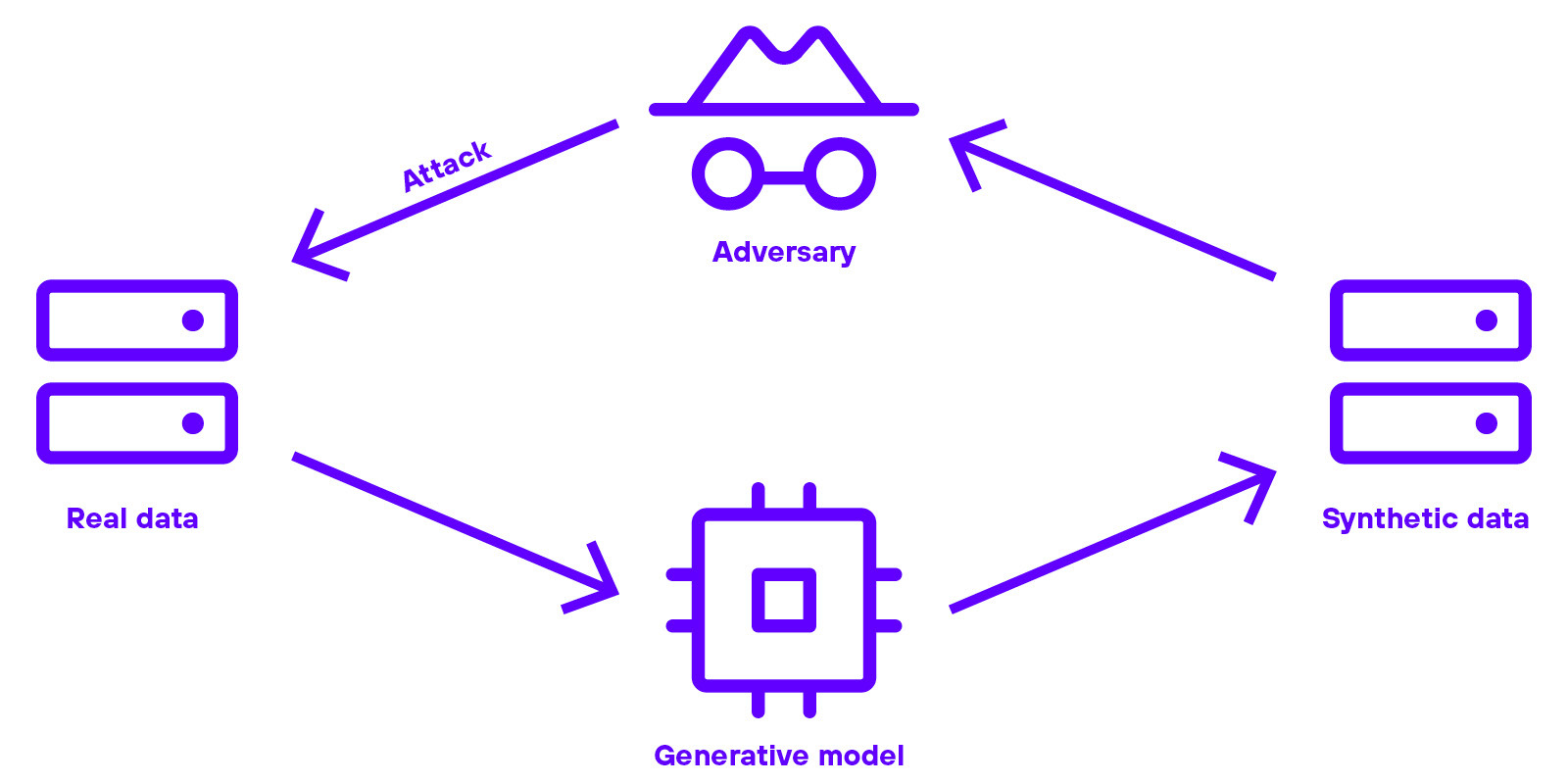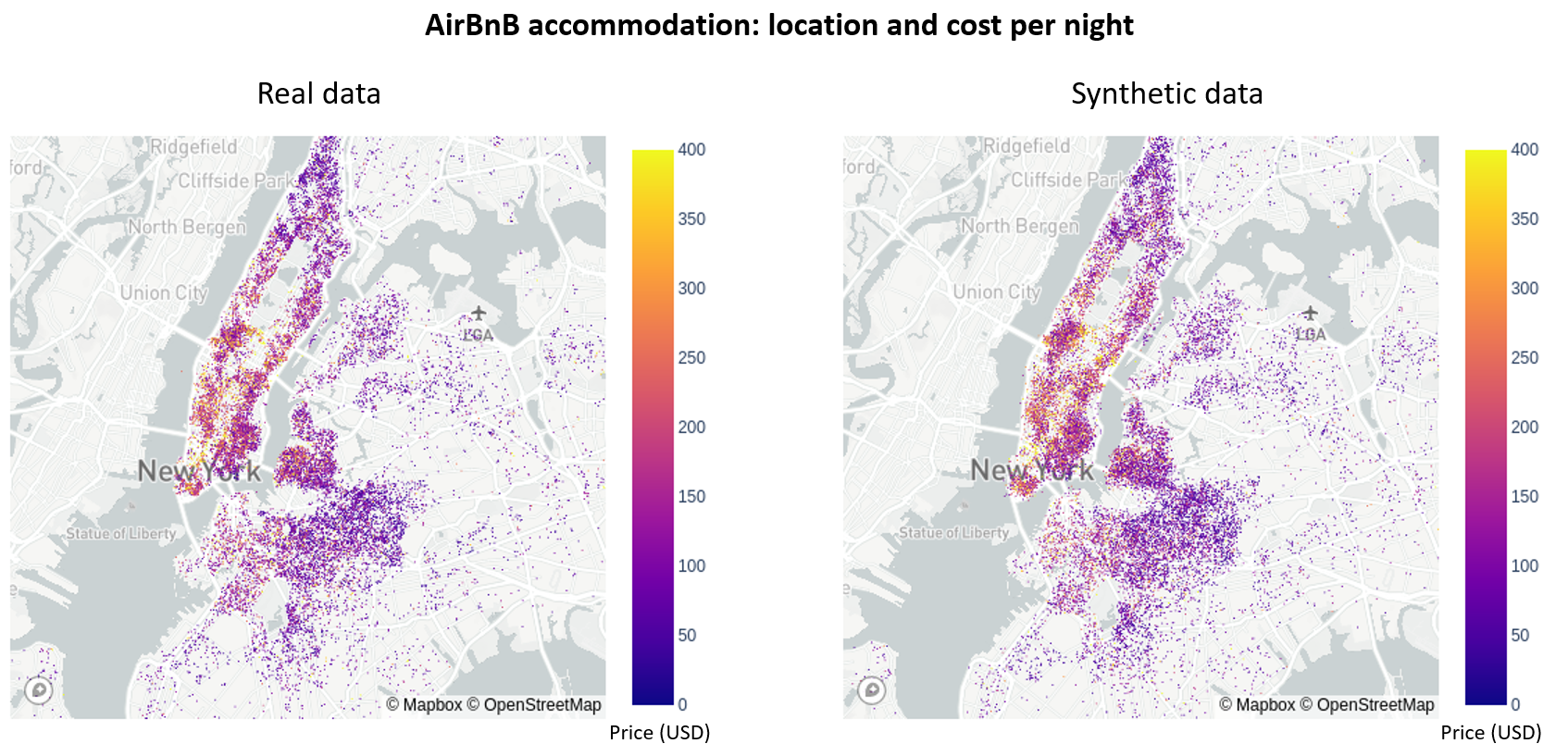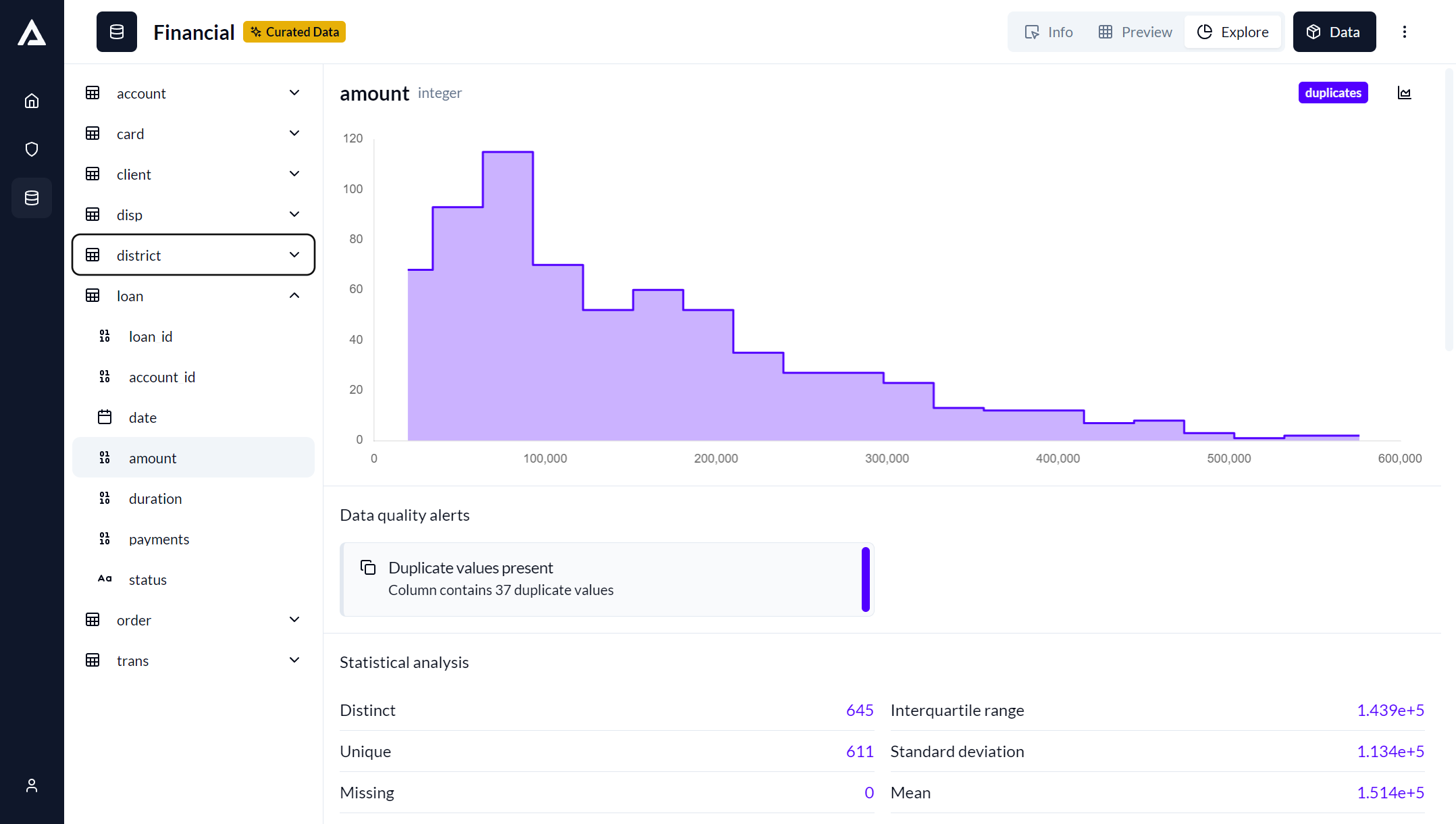Choosing a Synthetic Data Provider
Five important things to consider
Five Things to Consider when Choosing a Synthetic Data Provider
Artificial intelligence (AI) and data science are taking the world by storm. They offer a wealth of opportunities in crucial sectors such as healthcare, infrastructure, and finance. Unfortunately, the sensitivity of the involved data in these sectors hinders AI adoption.
Synthetic data form a revolutionary solution to this problem: they make analysis possible without processing personal data. However, synthetic data technology can vary widely. It is therefore important to make an informed decision when choosing a synthetic data vendor. In this post, we discuss five of the most important things to consider when doing so.
1. Degree of Privacy Protection
The degree of privacy protection offered is of utmost importance when choosing a synthetic data vendor. Different providers offer different privacy guarantees. At Aindo, we are at the forefront of data privacy assessment. Our top-tier research in data privacy and ethics underscores this. Mathematical and statistical techniques offer strong, quantifiable privacy guarantees. We also proactively conduct deliberate attacks to assess their efficacy. In consequence, our synthetic data satisfies even the most stringent privacy requirements.
 Leveraging synthetic data to conduct privacy attacks on real data
Leveraging synthetic data to conduct privacy attacks on real data
2. Fidelity and Utility
Equally important are the fidelity and utility of offered synthetic data solutions. These show how reliably synthetic data can substitute real data in practice. A synthetic dataset with high fidelity preserves the statistical patterns of a real dataset well. The utility of a synthetic dataset is how well it can substitute real data in AI development. A good synthetic data provider creates synthetic datasets with high fidelity and utility. To learn more about how Aindo guarantees the highest levels of both, see our previous post on these properties.
 The synthetic dataset has the same overall shape as the real data, showing its fidelity
The synthetic dataset has the same overall shape as the real data, showing its fidelity
3. Supported Data Formats, Types and Properties
Data can be stored in advanced formats. For example, relational databases consist of multiple, interrelated tables. Synthetic relational data should capture both individual tables’ patterns and the interactions between tables. Data may also contain complex data types, such as geolocation or temporal data. Properties such as dimensionality or sparsity further affect synthetic data technologies’ performance.
At Aindo we have made robust synthetic data generation possible for advanced data formats, types, and properties. Our innovations include innovative preprocessing technology for the creation of tabular data. Furthermore, our technology makes synthetization possible for relational data, and for advanced data types such as geolocation and time-series.
 Real and synthetic geolocation data
Real and synthetic geolocation data
4. User experience
It is also important to not overlook the user experience. Until recently, synthetic data generation was reserved only for tech-savvy users. This no longer needs to be the case. Aindo’s user-friendly interface makes synthetic data accessible to both experts and non-experts. Our platform boasts a visual and intuitive interface. All steps and functionalities are clearly explained. Furthermore, developers can incorporate the technology directly as a python module. Our platform connects to all major database sources, including MySQL, PostgreSQL, MsSQL, Oracle DB, Maria DB, and Big Query.
 Aindo’s platform is intuitive and easy to use
Aindo’s platform is intuitive and easy to use
5. Computational Complexity
Computational complexity is the time and computational power needed to generate synthetic data. When generating synthetic data on-site, it provides an indication of the required servers and time. What sets Aindo’s platform apart is that it generates top-tier synthetic data with minimal complexity. On-site use is therefore possible, with data never leaving its original environment. Thus, real data can stay subject to all relevant technical and organizational privacy measures.
Conclusion
Synthetic data comes in many shapes and sizes. It is therefore important to carefully evaluate the offerings of synthetic data providers before deciding on a vendor. In this post, we highlighted five crucial considerations to guide the decision-making process.


